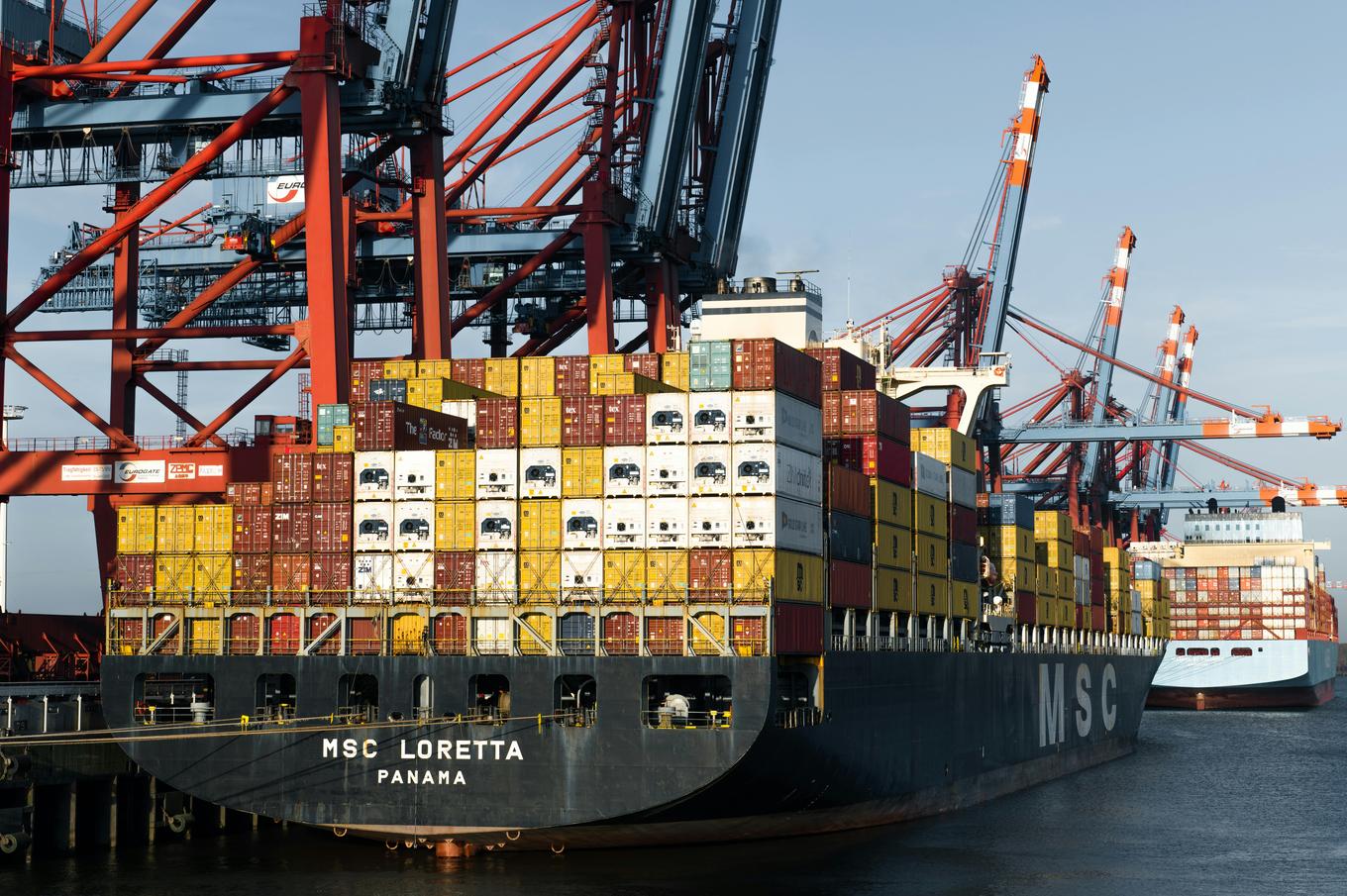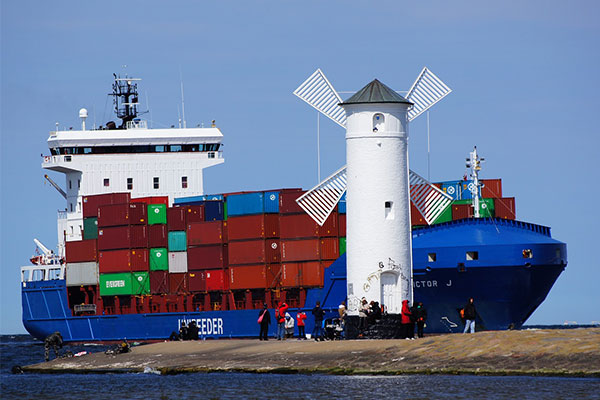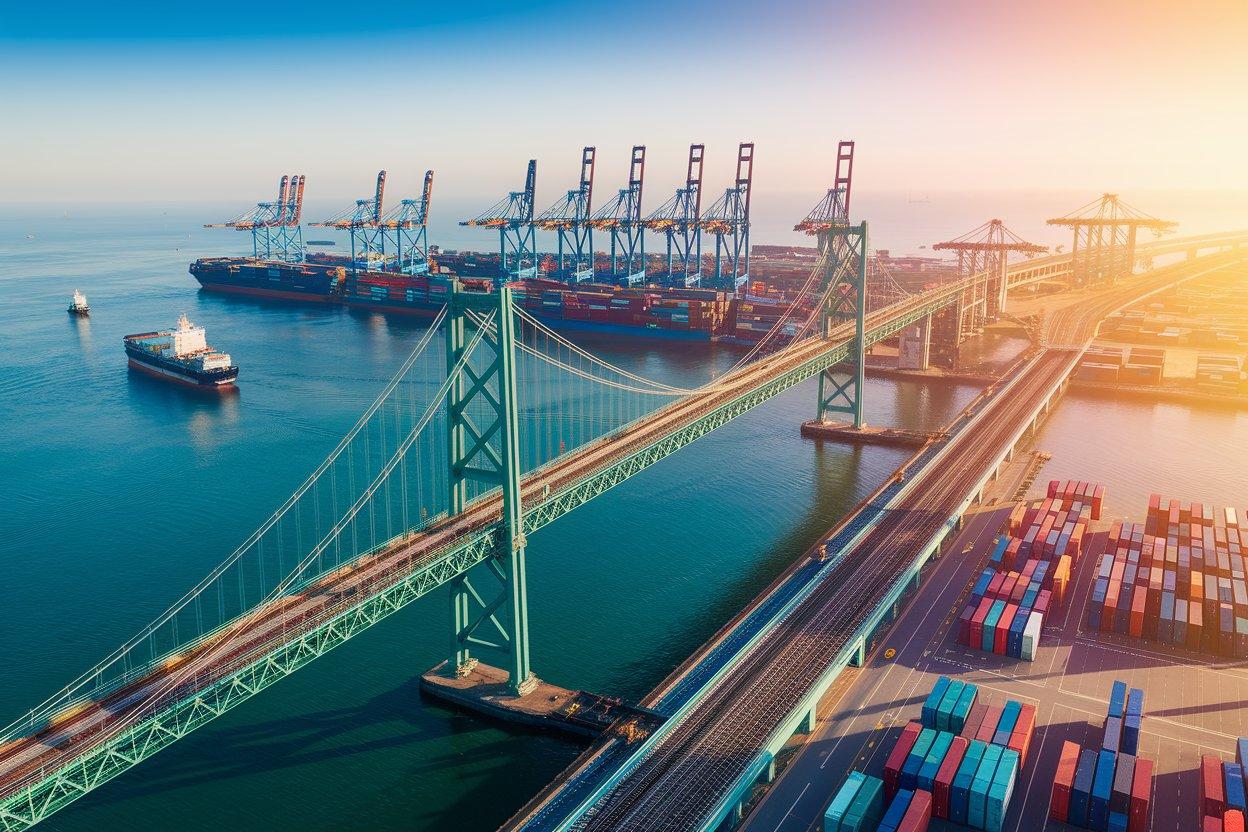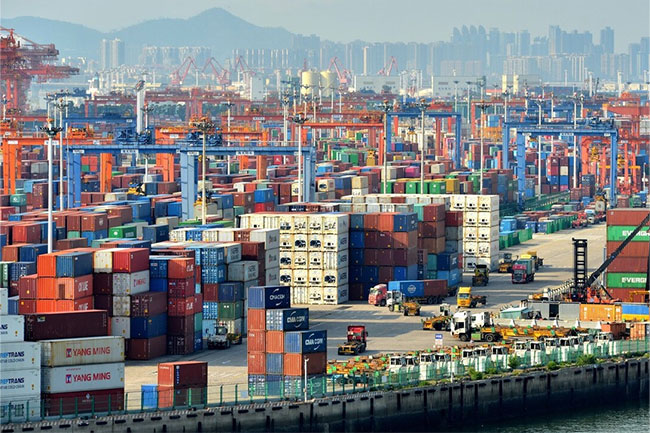- Shanghai Zhongshen International Trade Co., Ltd. - Two decades of trade agency expertise.
- Service Hotline: 139 1787 2118
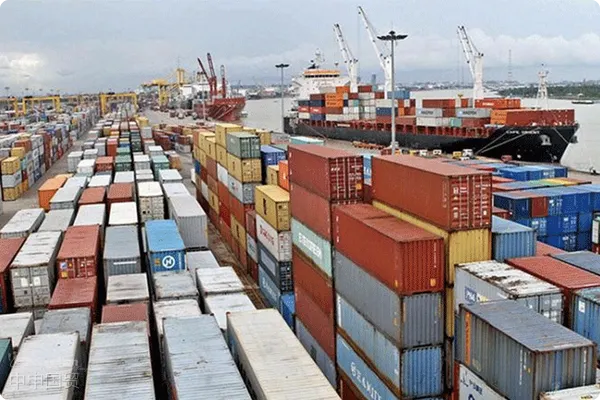
Contents
ToggleExport RepresentationWhat essential expenses are included in the basic service fee?
According to the latest 2025 industry standards, standard export agency service fees typically include the following:Basic project:
- Customs declaration and inspection service fee (including document preparation)
- Logistics transportation coordination fee (excluding actual transportation costs)
- Foreign exchange payment management fee
- Trade compliance review fee
- Basic legal document filing fee
Special attention is required.Non-standard charging itemsIt may include: expedited processing fees, special document certification fees, destination port customs clearance coordination fees, etc., which need to be clearly stipulated in the contract.
From which aspects do agency companies primarily generate their profits?
The profit composition of professional export agents can be divided intoExplicit incomeandHidden benefitstwo categories:
- Explicit income:
- Service fee difference (difference between agent cost and quoted price)
- Tax refund sharing (according to the proportion agreed in the service agreement)
- Hidden benefits:
- Foreign exchange rate spread (cross-border payment timing selection)
- Logistics channel rebate (cooperation benefits with contracted carriers)
New market supervision regulations in 2025 require agency companies to disclose information.Primary source of incomeIt is recommended to request a detailed explanation of the profit structure before entering into cooperation.
Export DrawbackWhat are the risk points in the settlement methods?
Tax refund processing is a critical step in profit settlement, and there are currently three main models in the industry:
- Advance Refund Type: The agency company advances the tax refund and charges a service fee of 5-8%.
- Revenue sharing model: After the tax refund is received, it will be divided according to the agreed proportion (usually 30-50%).
- Lump-sum fee-based.: A fixed service fee of 1.5-3% of the cargo value is charged, with all tax refunds belonging to the client.
Professional agencies can effectively prevent and control three core risks:Time Sensitivity RiskandBill risks: Some agents may delay submitting tax refund documents or request to retain control of the original VAT invoices.
What impact does the length of the settlement cycle have on capital turnover?
According to a 2025 survey of 200 companies in the Yangtze River Delta region,foreign tradeCorporate research indicates that different settlement cycles have a significant impact on capital occupation:
- T+15 settlement(15 days after shipment): The capital turnover rate increased by 40%, but the agency fee rose by 2-3%.
- T+30 settlement: The mainstream industry model balances financial pressure and service costs.
- Payment upon receipt of funds.: Settlement will be processed upon receipt of foreign exchange, with the fund occupation period extended by 50-70 days.
It is recommended that small and medium-sized enterprises chooseSegmented settlementModel: Pay the basic service fee upon shipment, and the profit-sharing portion after the tax refund is received.
How to Identify Hidden Additional Charges?
The 2025 foreign trade service complaint cases indicate that the following three types of hidden charges require special attention:
- Expedited document processing fee (exceeding 3 times the industry standard)
- Port of Destination Abnormal Handling Fee (without prior notification of charging standards)
- Exchange Rate Compensation Fee (charged when the USD settlement exceeds a 1% exchange rate difference)
It is recommended to require the agency to provideand agree on an exchange rate locking mechanism., and include a clause in the contract stating "no additional fees beyond the agreed-upon items."
What is the profit difference between self-operated export and agency export?
Through a comparative analysis of actual cases in 2025 (taking $1 million in export value as an example):
- Self-operated export:
- Direct costs: customs clearance and logistics $8,000 + personnel costs $5,000
- Fund occupation: A refund cycle of 90 days incurs approximately $3,000 in financial costs.
- Foreign Trade Agency Agreement:
- Service fee expenditure: $15,000 (including advance tax refund)
- Save approximately $4,000 in management costs.
Comprehensive calculations show that small and medium-sized enterprises can reduce costs by using proxies.12-15%The overall operating costs will decrease, but the profit margin will be reduced by 3-5 percentage points.
Related Recommendations
? 2025. All Rights Reserved. Shanghai ICP No. 2023007705-2  PSB Record: Shanghai No.31011502009912
PSB Record: Shanghai No.31011502009912
